At GTC DC25, NVIDIA announced updates and partnerships in manufacturing, pharmaceuticals, autonomous vehicles, networking, and robotics. They have also introduced open-source models. NVIDIA will work with Palantir Technologies to create a unique integrated technology stack for operational AI. This stack includes analytics capabilities, reference workflows, automation features, and customizable AI agents. The aim is to improve and optimize complex systems for enterprises and government.
Palantir Ontology, a key part of the Palantir AI Platform (AIP), will incorporate NVIDIA GPU-accelerated data processing, route-optimization libraries, open-source models, and advanced computing. This combination of Ontology and NVIDIA AI is intended to help customers by providing context-aware reasoning critical to operational AI.
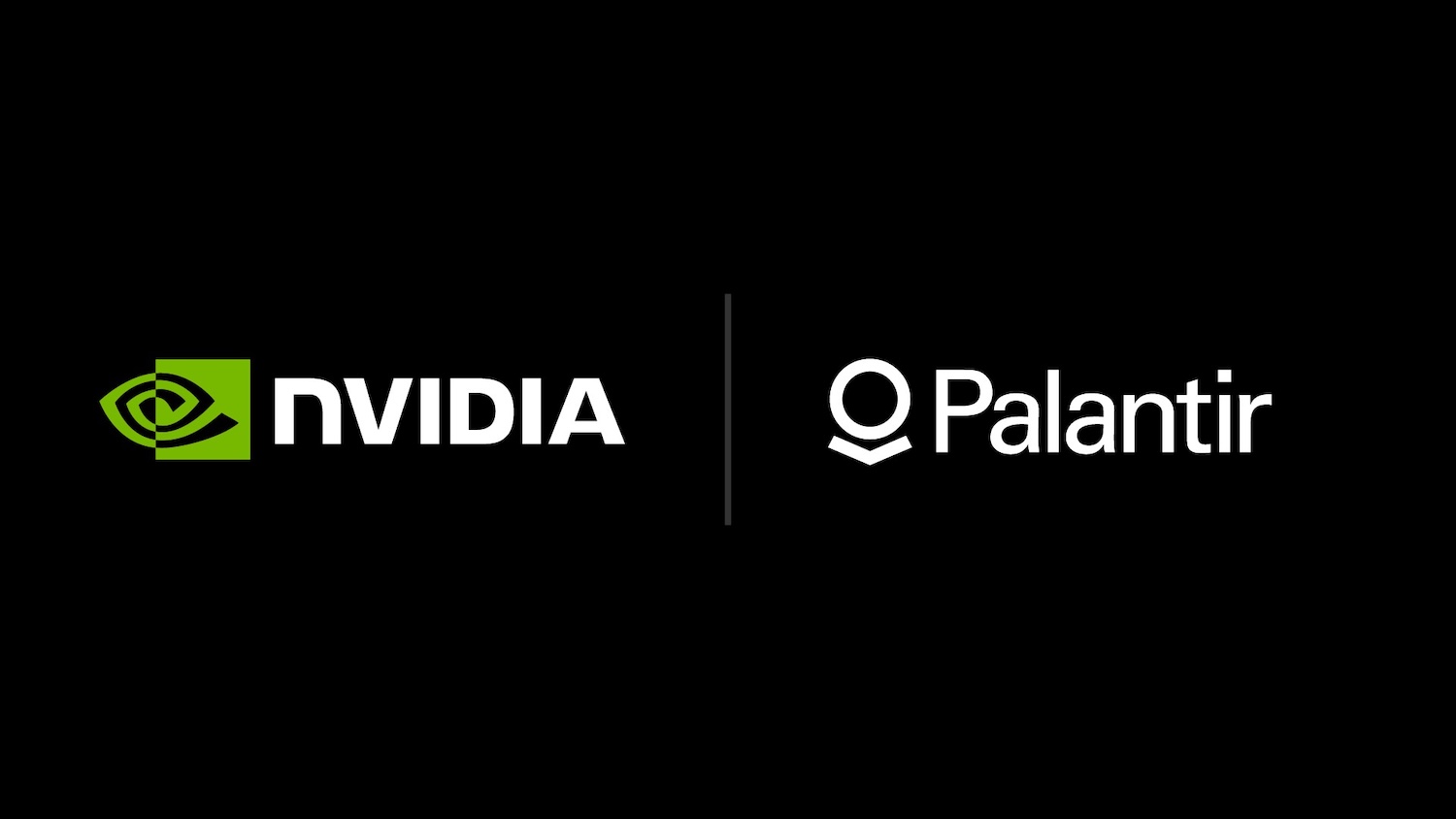
Organizations using this customizable tech stack can leverage their data to enable specific automations and AI agents, making complex tasks in retail, healthcare, finance, and the public sector easier. Jensen Huang, founder and CEO of NVIDIA, emphasized the partnership with Palantir to integrate AI into business operations. He noted that by combining Palantir’s AI-driven platform with NVIDIA’s CUDA-X accelerated computing and Nemotron open AI models, they are developing a new framework to support complex industrial and operational processes.
Alex Karp, cofounder and CEO of Palantir Technologies, stressed the company’s focus on deploying AI that delivers quick, asymmetric value to its clients. He also mentioned that the partnership with NVIDIA aims to integrate Palantir’s AI-powered decision intelligence systems with leading AI infrastructure. Lowe’s is the first organization to implement this integrated software stack to create a digital replica of its global supply chain, enabling continuous AI optimization.
Advancing Operational Intelligence
Palantir AIP ensures top privacy and data security. Its Ontology creates a digital replica of an organization by organizing data into connected virtual objects that reflect real-world concepts. This creates an AI-powered operating system that improves efficiency through automation. NVIDIA data processing, open models, and accelerated computing are now well integrated and accessible through Ontology and AIP. Customers can use NVIDIA CUDA-X data science libraries alongside Ontology’s accelerated computing capabilities to process data, enabling real-time AI-driven decisions for complex, business-critical workflows.
NVIDIA AI EnterAacuOpt, Nemotron, and NeMo models help enterprises quickly build AI agents and use AI for dynamic supply chain management. NVIDIA and Palantir are integrating the NVIDIA Blackwell architecture into Palantir AIP to speed up the entire AI pipeline, from data processing to AI production, using reasoning agents. Enterprises can run AIP in NVIDIA AI factories for better performance.
Palantir AIP will also be supported in the new NVIDIA AI Factory for Government, which was announced separately today.
AI-Native 6G Stack
NVIDIA revealed America’s first AI-native wireless stack for 6G. This includes new applications to advance next-generation wireless technology, in partnership with leading companies such as Booz Allen, Cisco, MITRE, ODC, and T-Mobile. AI-native networks enhance spectrum use by allocating radio frequencies for wireless signals. At the heart of new wireless communication is the AI-RAN architecture, combining connectivity, computing, and sensing through a unified platform supported by software-defined apps.
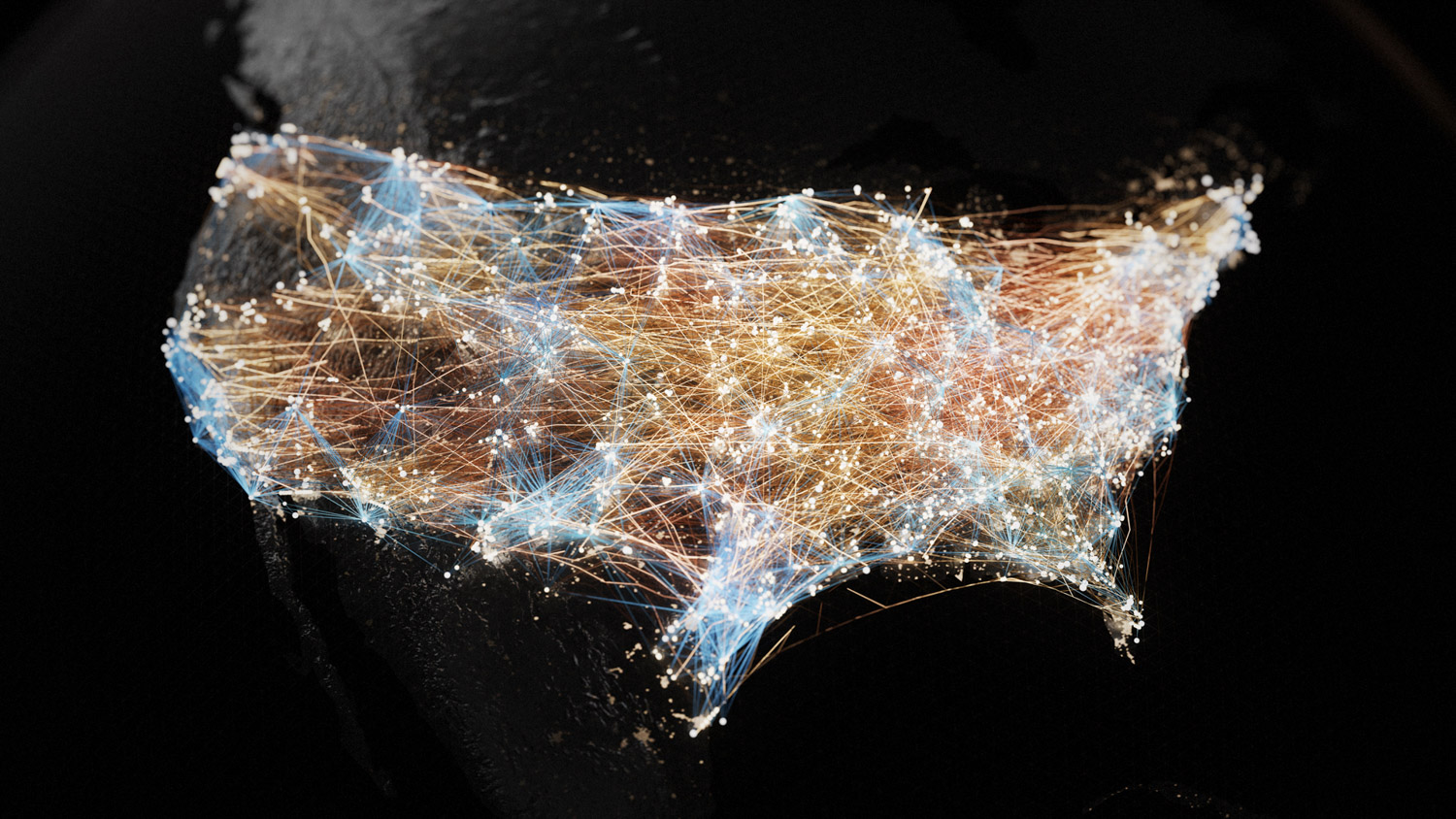
Ronnie Vasishta, senior vice president of telecom at NVIDIA, stated that 6G is being developed with AI at its core to achieve greater spectral efficiency, extensive connectivity, and new applications. He highlighted collaboration with industry leaders to create an AI-native wireless stack with advanced features, stressing the US’s role in developing 6G.
Just six months after launching the AI-WIN project, NVIDIA and its partners built a complete AI-native wireless stack, carried out the first user-to-user phone call over the network, and developed innovative 6G applications at NVIDIA’s facility in Santa Clara, California.
The system combines the NVIDIA AI Aerial platform with 5G RAN software from ODC, user plane function and 5G core software from Cisco, and specialized 6G applications from MITRE and Booz Allen. Cisco is working to enhance secure network connectivity for the AI era through the AI-WIN initiative, helping build a foundation for efficiently and securely enabling physical AI and integrated sensing.
Masum Mir, senior vice president and general manager of Cisco Provider Mobility, highlighted a groundbreaking partnership that integrates AI into mobile networks for real-time sensing, learning, and action. He added that this advancement aims to help service providers deliver high-value services, stressing the technical integration of AI into the network to improve connectivity and security.
Cerberus ODC’s fully software-defined 5G RAN, powered by NVIDIA AI Aerial, sets new standards by allowing simultaneous RAN and AI workloads for crucial enterprise applications. It outperforms older RAN systems, achieving seven times greater cell capacity and three-and-a-half times higher power efficiency.
Breakthrough Applications Drive 6G Standards
In collaboration, NVIDIA and Booz Allen developed a novel multimodal ISAC application that merges camera vision and radio-frequency sensing for accurate object detection and tracking, even in low visibility. Camera vision can see moving objects but struggles with tracking, while radio-frequency sensors can pinpoint an object’s location and speed without light. By combining both approaches, the ISAC system provides real-time spatial awareness for public safety, industrial monitoring, and security applications, outperforming single-modality sensing.
AI-powered spectrum agility, created by MITRE, actively manages wireless spectrum in real time within a cell site. This allows users to maintain seamless connectivity and helps operators achieve significant improvements in spectral efficiency. Unlike traditional methods that shut down entire network bands, this AI-driven approach selectively targets affected frequencies, enhancing spectral efficiency while solving management challenges.
NVIDIA AI Aerial software libraries make early 6G applications possible, and new AI- and neural network-based integrations improve performance and efficiency. The NVIDIA Aerial Framework offers modular, programmable pipelines that allow third-party applications to access real-time radio signal data, boosting AI model training and reinforcement learning.
AI-native wireless networks point to a significant shift in telecommunications from 5G to 6G, enabling efficient edge AI processing and sensing to manage hundreds of billions of network connections and to grow operators’ revenues.
NVIDIA and Nokia Partnership
NVIDIA and Nokia have formed a strategic partnership to integrate NVIDIA-powered AI-RAN solutions into Nokia’s RAN offerings. This collaboration enables communication service providers to implement AI-native 5G-Advanced and 6G networks using NVIDIA platforms. The partnership addresses a fast-growing AI-RAN market expected to surpass $200 billion in sales by 2030, according to Omdia.
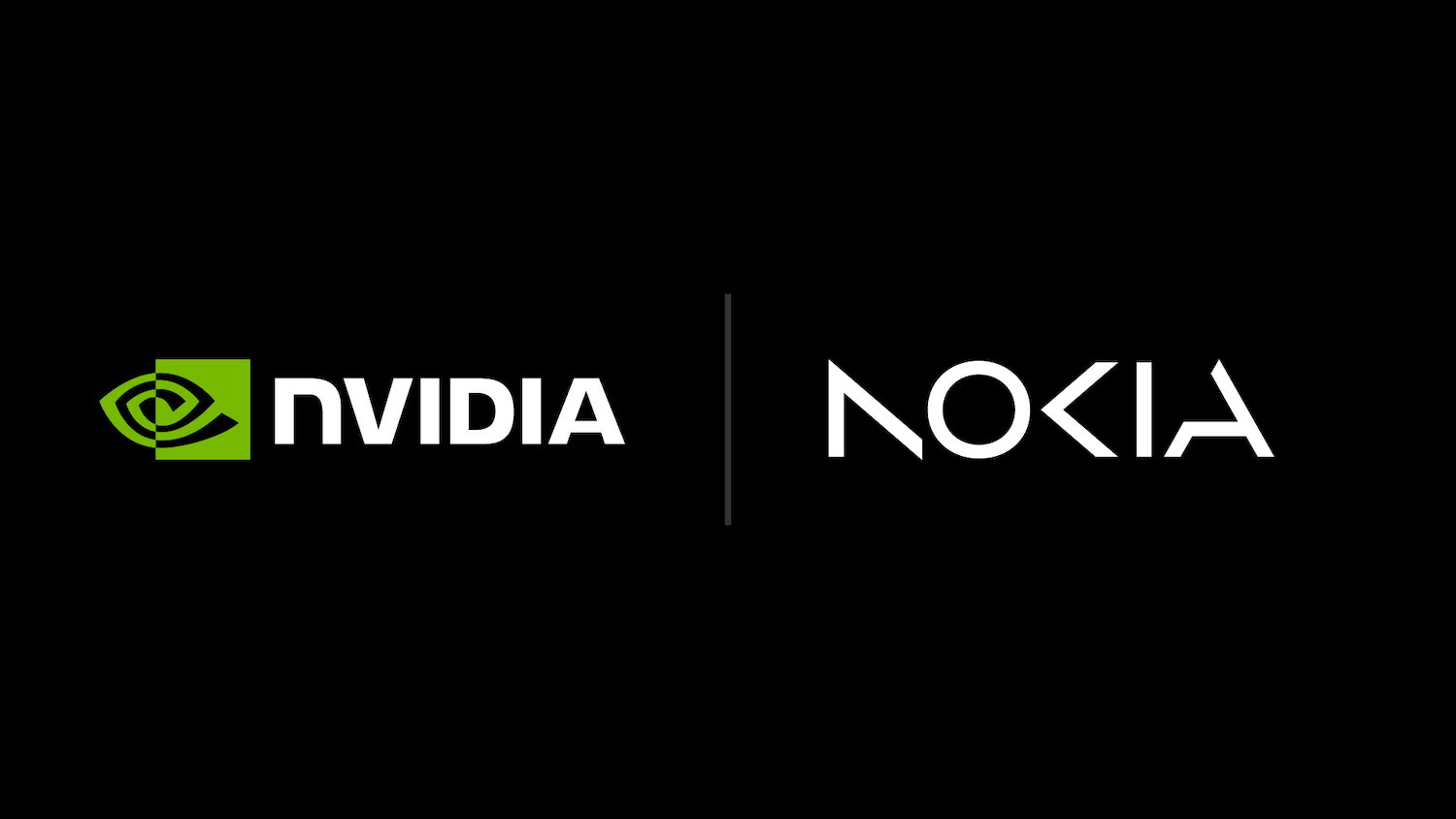
NVIDIA and Nokia are building infrastructure that allows telecom providers to deploy scalable edge AI processing, creating new opportunities. T-Mobile U.S. will collaborate with Nokia and NVIDIA on AI-RAN technology for 6G development, with trials set to begin in 2026. This effort will significantly improve performance and efficiency for AI applications on devices, supporting future AI-native devices and 6G services like sensing and communication.
AI traffic is increasing quickly, and mobile operators can use Nokia and NVIDIA’s AI-RAN systems to enhance performance and introduce new 6G AI services. NVIDIA’s ARC-Pro platform enables the transition from 5G to 6G, while Nokia accelerates AI-RAN deployment through partnerships and software integration.
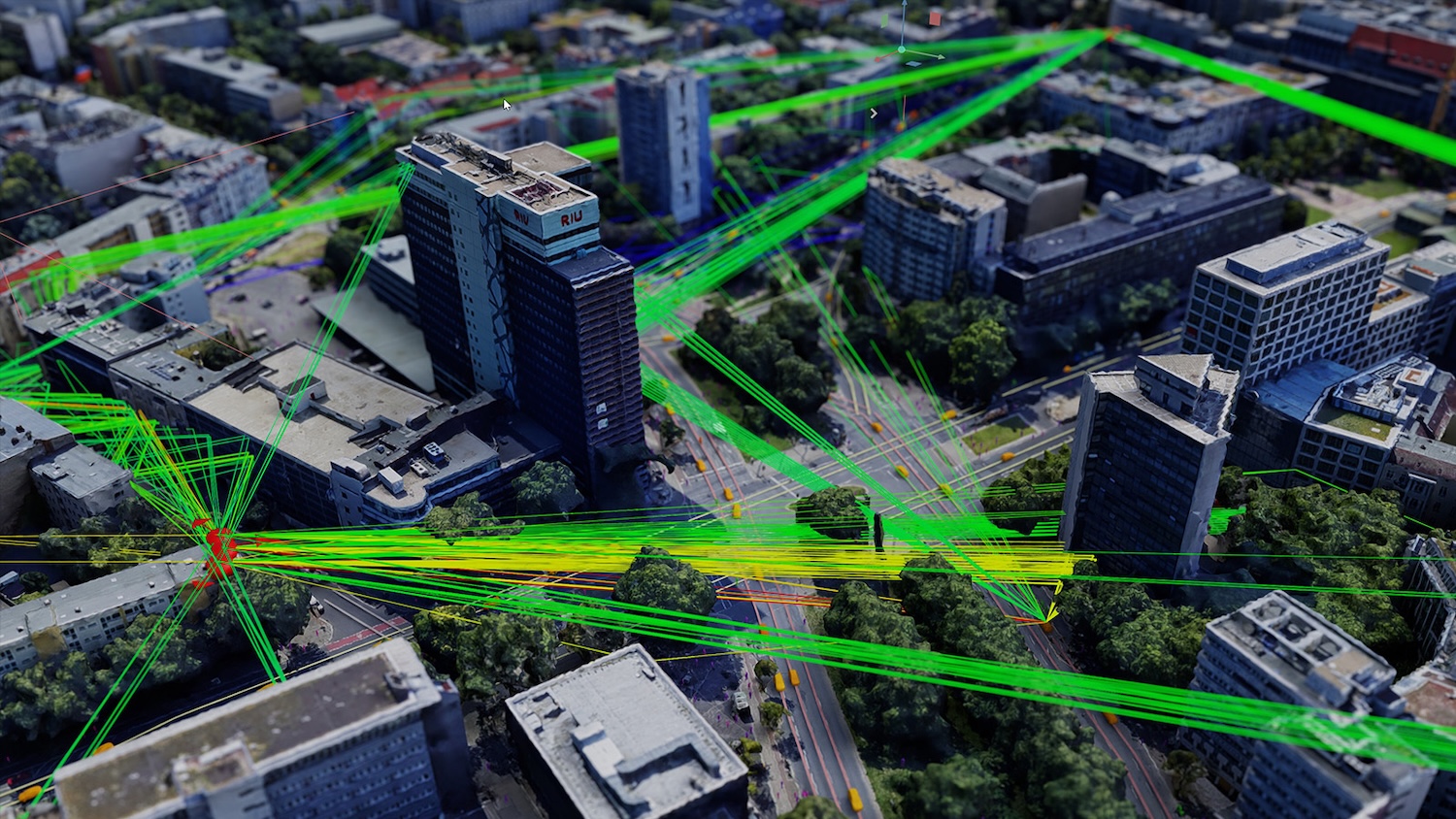
NVIDIA is launching the Aerial RAN Computer Pro (ARC-Pro), a 6G-ready computing platform that combines connectivity, computing, and sensing capabilities, helping telcos transition from 5G-Advanced to 6G via software upgrades. The NVIDIA ARC-Pro reference design is available to manufacturers and network providers to create commercial or proprietary AI-RAN products, supporting new builds and expansions to existing base stations.
Nokia plans to accelerate the deployment of its 5G and 6G RAN software on the NVIDIA CUDA platform, expanding its RAN offerings by integrating NVIDIA ARC-Pro into its new AI-RAN solution. This partnership will enable Nokia’s mobile network clients to seamlessly transition from current RAN networks to future AI-powered RAN networks.
Nokia’s anyRAN simplifies the implementation of the ARC-Pro platform by facilitating software-defined RAN evolution for Cloud RAN and dedicated RAN. Its AirScale baseband design is modular, allowing new and old cards to coexist. Nokia intends to upgrade AirScale for the 5G-Advanced and 6G eras with new AI-RAN features.
Dell Technologies enhances Nokia’s AI-RAN with its Dell PowerEdge servers. Built for easy scalability, these servers allow automatic software updates and require minimal hardware changes, ensuring a smooth transition from 5G to 5G-Advanced and 6G. Dell PowerEdge serves as an ideal platform for operators adopting AI-RAN solutions.
Future-Proofed for 6G
Nokia and NVIDIA’s AI-RAN platform combines AI and radio access workloads on a software-defined, accelerated infrastructure. This boosts performance, efficiency, and monetization while providing a cost-effective path to 6G. New features are added through software updates, securing investments for 6G and beyond, and enabling fast innovation cycles at the speed of AI. It supports growing traffic for generative and agentic AI alongside RAN functions. It also applies AI algorithms to enhance spectral and energy efficiency, as well as overall network performance. Additionally, it aims to maximize returns by utilizing underused RAN assets to host edge AI services.
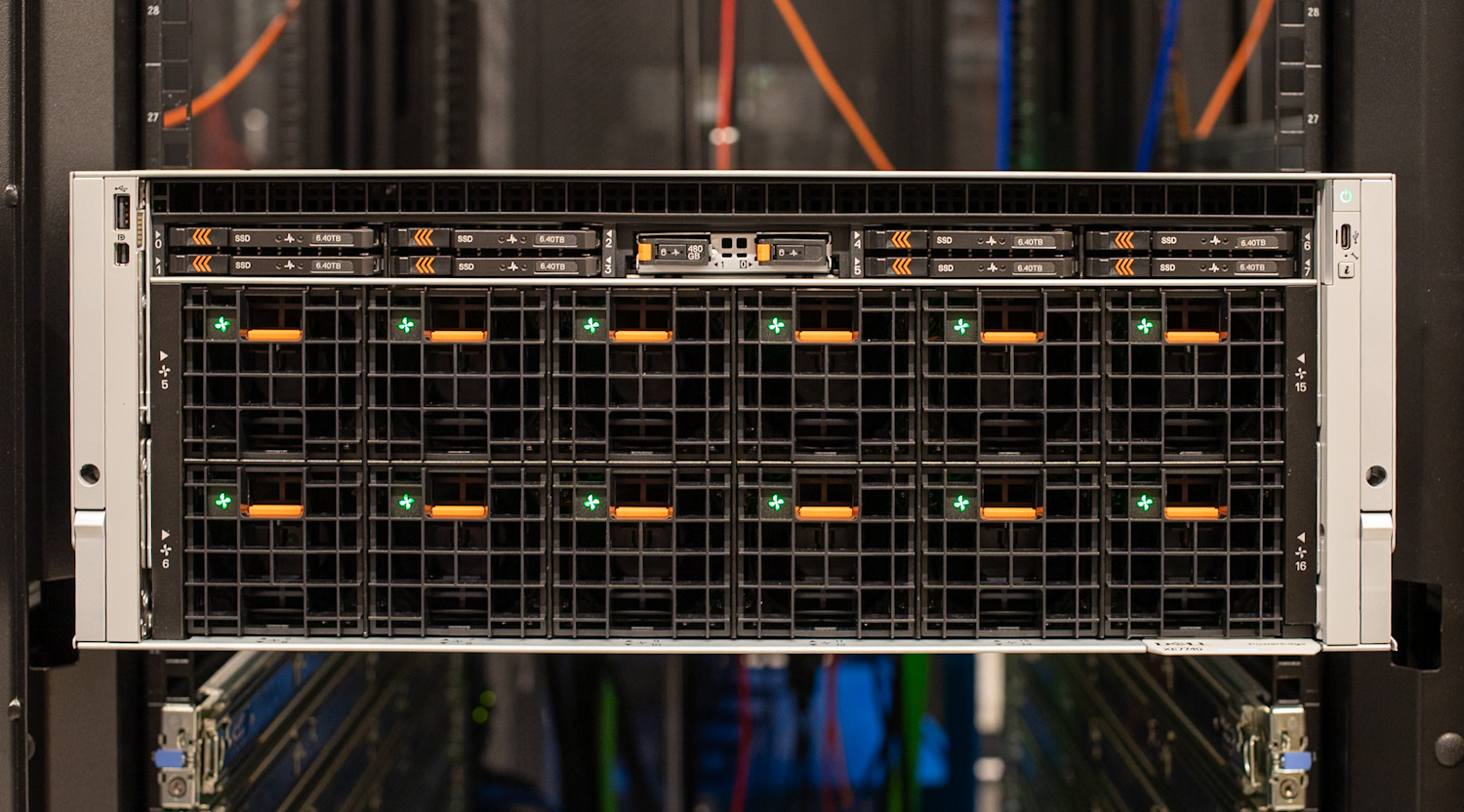
Michael Dell, chairman and CEO of Dell Technologies, noted that the telecommunications industry holds valuable potential for AI at the edge, where data is generated. He stated the AI-RAN partnership with Nokia and NVIDIA is turning this potential into reality. Dell emphasized their experience in building large AI clusters with over 100,000 GPUs, using that knowledge to distribute intelligence across millions of edge nodes. By updating infrastructure now, operators can manage AI traffic and transform into distributed AI grid factories that process data locally, where low latency and data sovereignty matter.
Additional AI Networking Solutions Cooperation
Nokia and NVIDIA will also collaborate on AI networking solutions, including data center switching with Nokia’s SR Linux software for the NVIDIA Spectrum-X Ethernet networking platform and implementing Nokia’s telemetry and fabric management platform on NVIDIA AI infrastructure.
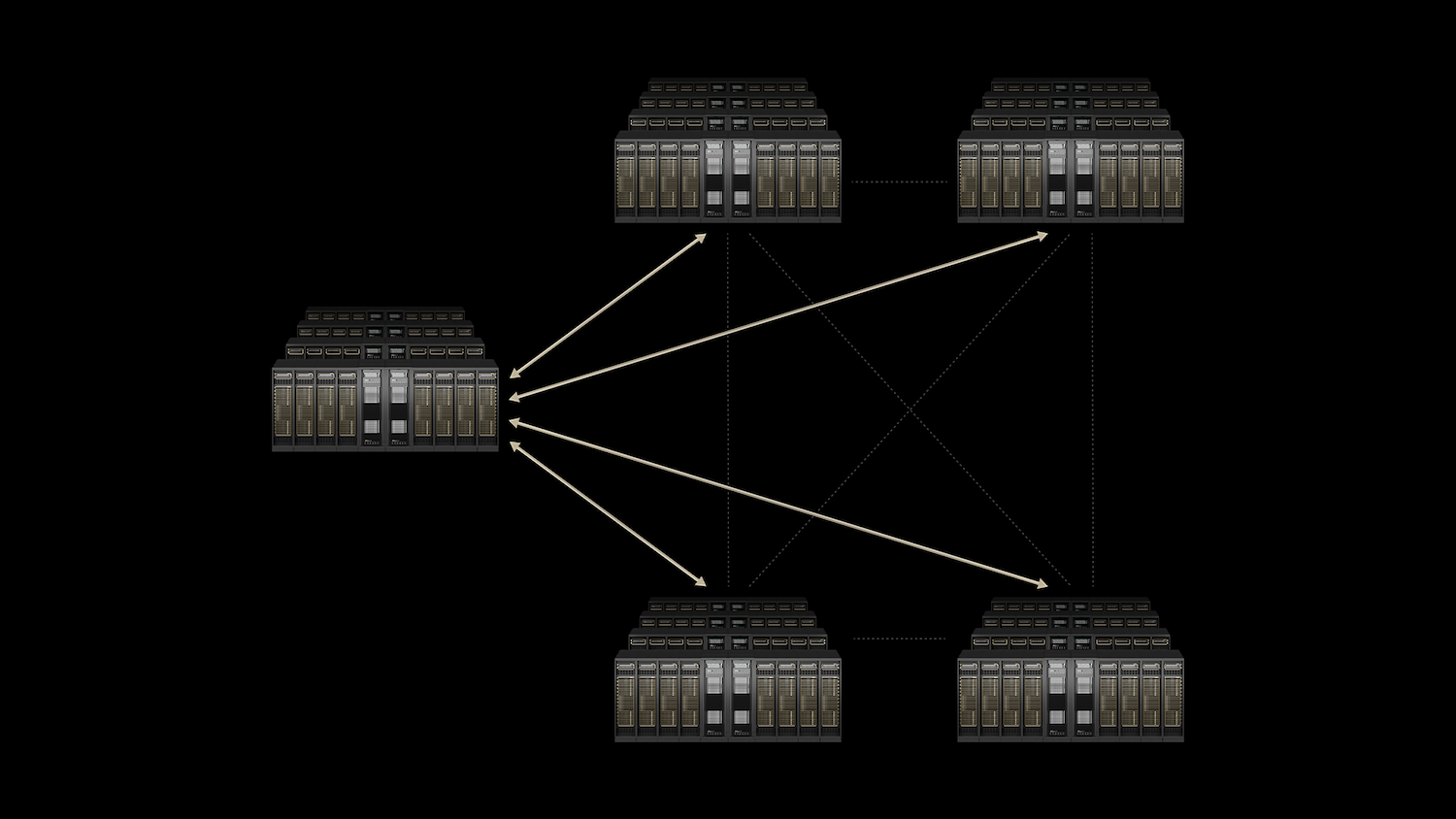
NVIDIA is teaming up with Uber to grow the largest Level 4-ready mobility network in the world. This network will use Uber’s next-generation robotaxi and autonomous delivery fleets. The partnership also includes the NVIDIA DRIVE AGX Hyperion 10 platform for developing autonomous vehicles and NVIDIA DRIVE AV software, which is specifically designed for Level 4 autonomy.
NVIDIA seeks to help Uber expand its autonomous fleet to 100,000 vehicles by 2027. They will use NVIDIA DRIVE and collaborate with various partners. Additionally, they are creating a data factory using NVIDIA Cosmos to manage data for the development of autonomous vehicles.
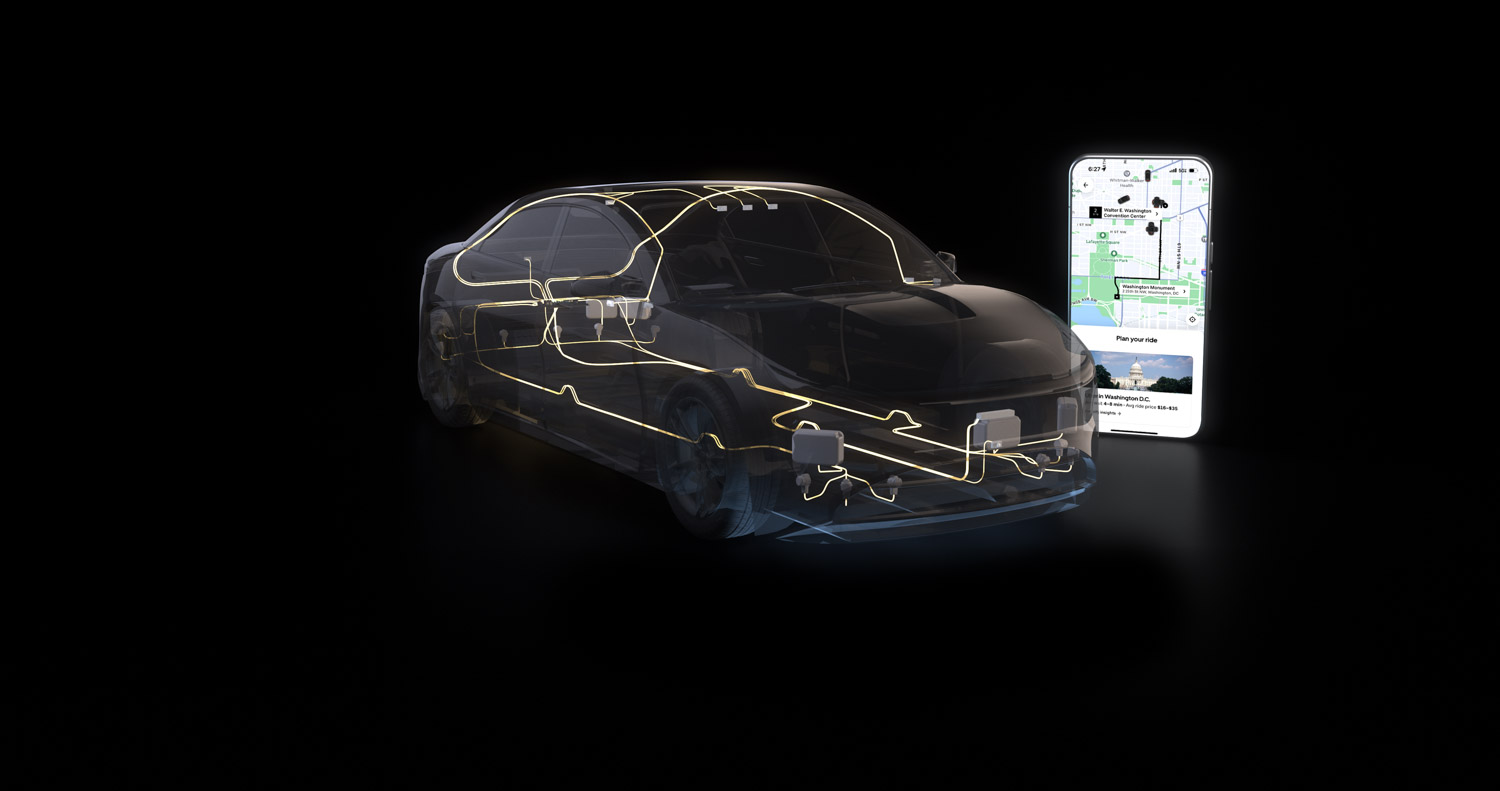
NVIDIA DRIVE AGX Hyperion 10 acts as a reference design for production computers and sensors, allowing any vehicle to become a Level 4-ready platform. It helps automakers create cars, trucks, and vans equipped with approved hardware and sensors that can run compatible autonomous-driving software. This gives a solid foundation for safe, scalable, software-driven mobility.
Uber is integrating human drivers and autonomous vehicles into one ride-hailing network. They will use NVIDIA DRIVE AGX Hyperion vehicles and AI to merge today’s human-driven mobility with future autonomous fleets.
Major global automakers, robotaxi firms, and tier 1 suppliers are already collaborating with NVIDIA and Uber to launch Level 4 fleets powered by NVIDIA AI.
- Stellantis is developing AV-ready platforms for Level 4 and robotaxi requirements, leveraging NVIDIA’s AI technology in partnership with Uber. They are also collaborating with Foxconn on hardware and systems.
- Lucid is improving Level 4 autonomy in its upcoming U.S. models, using NVIDIA AV software on the DRIVE Hyperion platform.
- Mercedes-Benz is exploring future partnerships using its MB.OS and DRIVE AGX Hyperion. The new S-Class will offer a luxurious Level 4 autonomous experience.
NVIDIA and Uber will continue supporting global Level 4 ecosystem partners, including Avride, May Mobility, Momenta, Nuro, Pony.ai, Wayve, and WeRide, on the NVIDIA DRIVE platform.
Aurora, Volvo Autonomous Solutions, and Waabi are developing Level 4 autonomous trucks with NVIDIA DRIVE AGX Thor. This will enhance Volvo’s Level 4 fleet and expand NVIDIA AI from passenger transport to freight.
The NVIDIA DRIVE AGX Hyperion 10 production platform features the NVIDIA DRIVE AGX Thor system-on-a-chip, the safety-certified NVIDIA DriveOS operating system, and a fully qualified multimodal sensor suite. This suite includes 14 high-definition cameras, nine radars, one lidar, and 12 ultrasonics, along with a qualified board design.
DRIVE AGX Hyperion 10 is modular and customizable. This lets manufacturers and AV developers modify it to meet their specific needs. The platform offers a prequalified sensor suite design that speeds development, reduces costs, and provides customers with access to NVIDIA’s extensive automotive engineering and safety expertise.
At the heart of DRIVE AGX Hyperion 10 are two powerful DRIVE AGX Thor in-vehicle platforms that use NVIDIA Blackwell architecture. Each provides over 2,000 FP4 teraflops (1,000 TOPS of INT8) of real-time computing power. DRIVE AGX Thor integrates various 360-degree sensor inputs. It is optimized for transformers, vision-language-action models, and generative AI tasks, enabling safe Level 4 autonomous driving backed by top safety certifications and cybersecurity standards.
Additionally, DRIVE AGX’s scalability and compatibility with existing AV software allow companies to smoothly add and deploy future platform upgrades to robotaxi and autonomous mobility fleets through over-the-air updates.
NVIDIA employs foundational AI, large language, and generative models trained on trillions of miles to assist self-driving cars in managing complex urban situations with human-like reasoning.
New VLA models that combine visual understanding, natural language reasoning, and action generation achieve human-level AV comprehension. Running these models in vehicles enables real-time interpretation of complex, unpredictable situations such as traffic shifts, intersections, and human behavior. Foretellix is partnering with NVIDIA to test and validate these models using their Foretify Physical AI toolkit with NVIDIA DRIVE.
To help the industry develop and assess these large autonomous-driving models, NVIDIA will release the world’s largest multimodal AV dataset. This dataset includes 1,700 hours of real-world camera, radar, and lidar data from 25 countries. It aims to support development, post-training, and validation of foundation models for autonomous driving.
The NVIDIA Halos system provides top-notch safety measures from the cloud to the vehicle, creating a framework for safe, scalable autonomous mobility.
The NVIDIA Halos AI Systems Inspection Lab assesses AI safety and cybersecurity in automotive and robotics, and manages the Halos Certified Program to ensure trustworthy AI deployments.
Companies like AUMOVIO, Bosch, Nuro, and Wayve are the first accredited members of NVIDIA’s Halos AI System Inspection Lab, which aims to accelerate the safe rollout of Level 4 automated driving.
Manufacturers and Omniverse
NVIDIA claims that leading manufacturers and robotics companies are using Omniverse to develop advanced factories and robots to tackle labor shortages and boost reindustrialization.
Jensen Huang noted that AI is transforming factories into smart systems, marking a new industrial revolution. He highlighted the development of physical AI, Omniverse digital twins, and collaborative robots to improve productivity, resilience, and competitiveness in U.S. manufacturing.
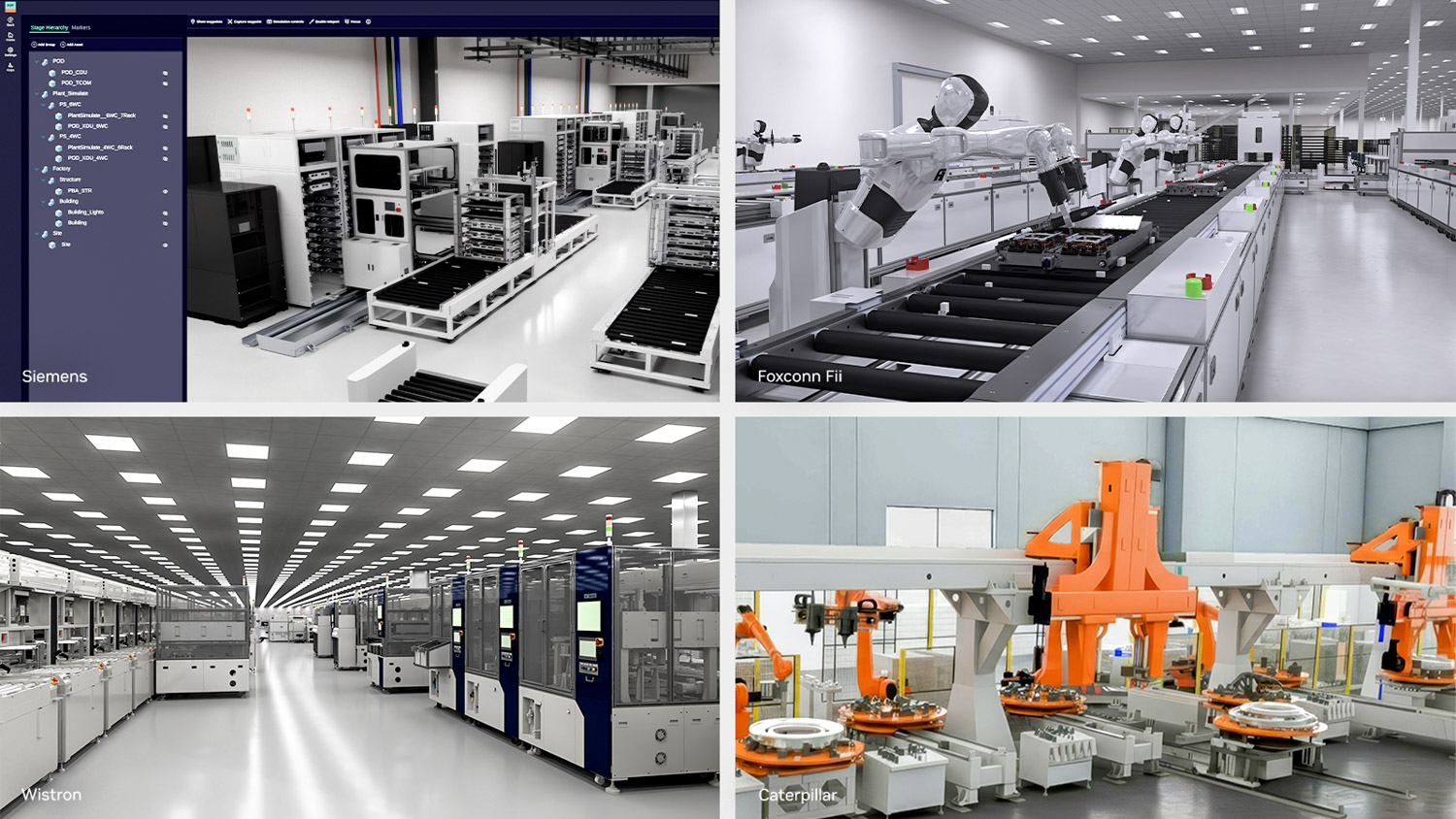
NVIDIA announced it is expanding its “Mega” NVIDIA Omniverse Blueprint for simulating robot fleets to include technologies for designing and simulating factory digital twins.
Siemens is the first company to develop digital twin software compatible with the Mega Omniverse Blueprint. Currently in beta testing, this new industrial technology stack will be part of the Siemens Xcelerator platform. It will enable engineers to design and operate large-scale digital twins of factories, combining realistic 3D models with live operational data. Designed for the AI era, this technology stack allows for extensive simulation, optimization, and real-time performance monitoring. This can help create smarter and more efficient factories, products, and data centers.
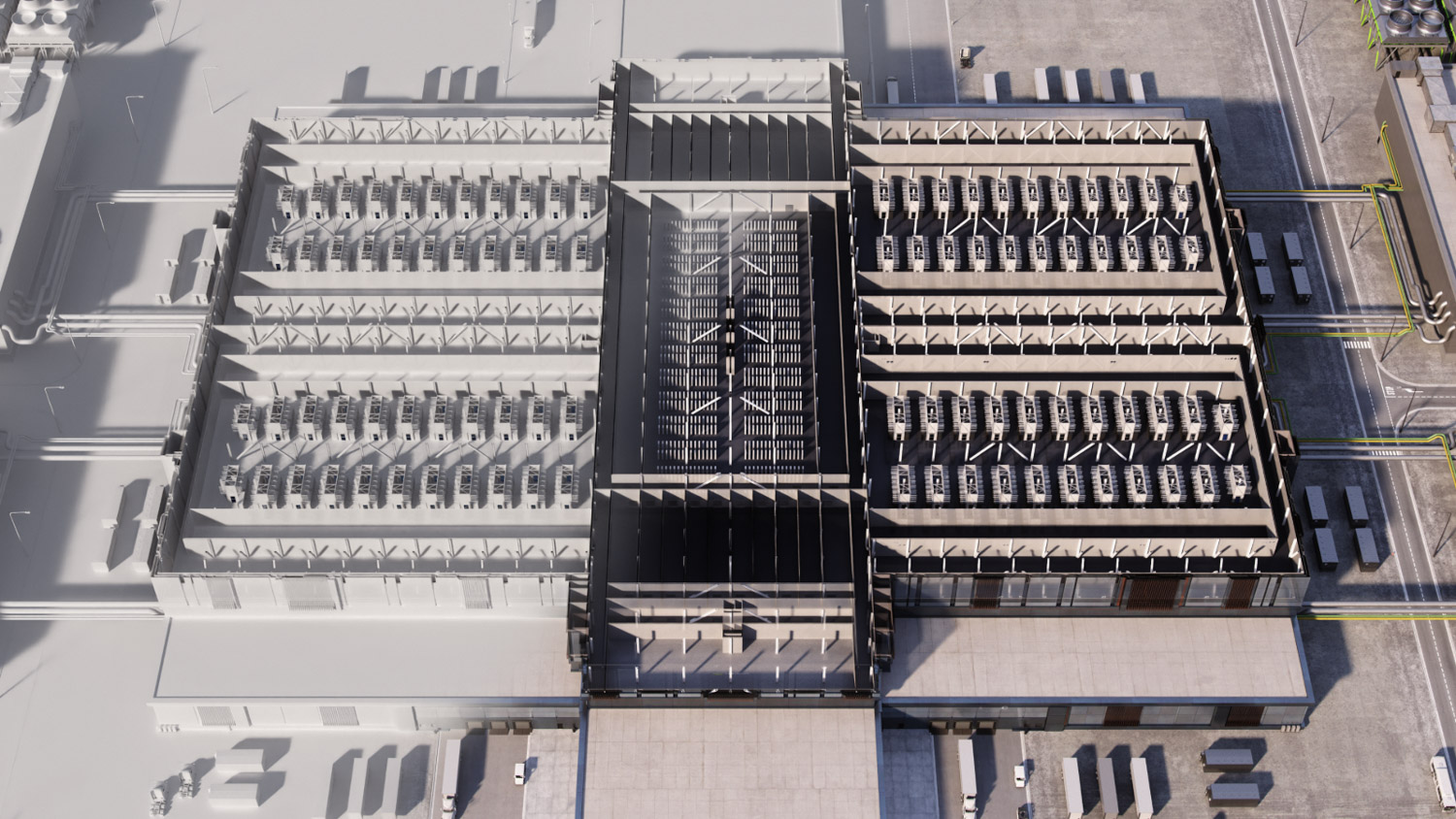
FANUC and Foxconn Fii are among the first robot manufacturers to support 3D, OpenUSD-based digital twins of their robots, enabling manufacturers to easily integrate equipment into their digital twins.
Huang showcased how Foxconn is using the new Omniverse technologies to design, simulate, and optimize its new 242,287-square-foot facility in Houston, Texas, for the production of NVIDIA AI infrastructure systems.
In 2025, $1.2 trillion was invested in U.S. production, mainly from electronics, pharma, and semiconductor companies. Businesses are using independent software and Omniverse tools with AI and simulations to build robotic factories and speed up manufacturing.
- Belden uses Accenture’s Physical AI Orchestrator, powered by NVIDIA technology, for factory safety and quality inspections.
- Caterpillar creates digital twins of factories and supply chains to enable predictive maintenance using NVIDIA Omniverse and microservices.
- Lucid Motors builds digital twins to optimize factories in real time and train AI-based robotics.
- Toyota develops digital twins for its Kentucky plant using IdealWorks’ iW.sim for automation scenarios.
- TSMC speeds up fabrication design and robotics at its Arizona plant using Omniverse and NVIDIA Isaac.
- Wistron uses NVIDIA AI and Omniverse for digital testing at its Texas facility.
Robotics companies are employing NVIDIA’s three-computer architecture to build and deploy advanced fleets of robots. These robots will be crucial in addressing skills gaps, boosting worker productivity, and enhancing safety across various industries.
- Figure and NVIDIA are partnering to speed up humanoid robotics. They are developing the Helix vision-language model and the Isaac simulation and training platform. They aim to create a large-scale humanoid fleet capable of performing household and industrial tasks.
- Agility Robotics’ Digit uses NVIDIA Isaac Lab to refine its control through reinforcement learning, thereby improving skills such as step recovery. NVIDIA Jetson AGX Thor powers it for real-time perception and decision-making.
- Amazon Robotics uses NVIDIA Omniverse and Jetson platforms to quickly develop manipulation and mobile robots. Their BlueJay multi-arm manipulator transitioned from concept to production in about a year, thanks to simulation training.
- Skild AI is developing a general-purpose robotics foundation model for a range of robots. They are training using Isaac Lab and NVIDIA Cosmos for datasets.
- FieldAI is creating cross-embodied robots for monitoring in the construction and oil and gas sectors. They are using Isaac Lab for reinforcement learning and Isaac Sim for generating synthetic data.
NVIDIA offers edge solutions and collaborates with leading cloud service providers to provide access to the robust AI and simulation infrastructure needed to accelerate manufacturing in America.
NVIDIA IGX Thor is an enterprise-ready platform powered by NVIDIA Blackwell. It is designed to support the next phase of industrial and medical edge AI applications. Industry leaders such as Diligent Robotics, EndoQuest Robotics, Hitachi Rail, Joby Aviation, Maven, and the SETI Institute have adopted it.
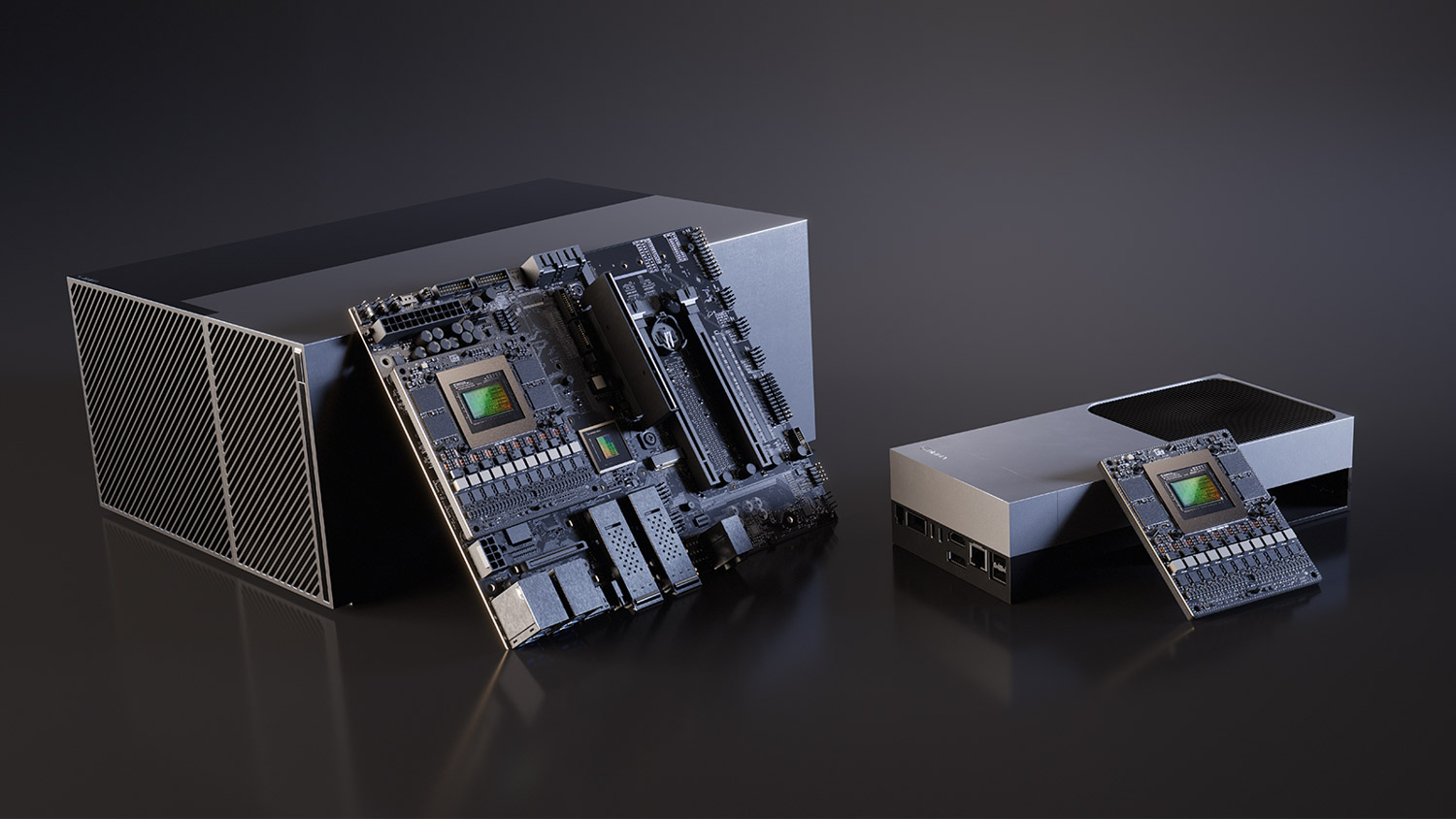
Google Cloud announced its new G4 instances, now available, which come with NVIDIA RTX PRO 6000 Blackwell Server Edition GPUs. At the same time, Microsoft plans to soon incorporate these GPUs into Microsoft Azure’s public cloud offerings and at the edge using Azure Local distributed infrastructure.




 Amazon
Amazon